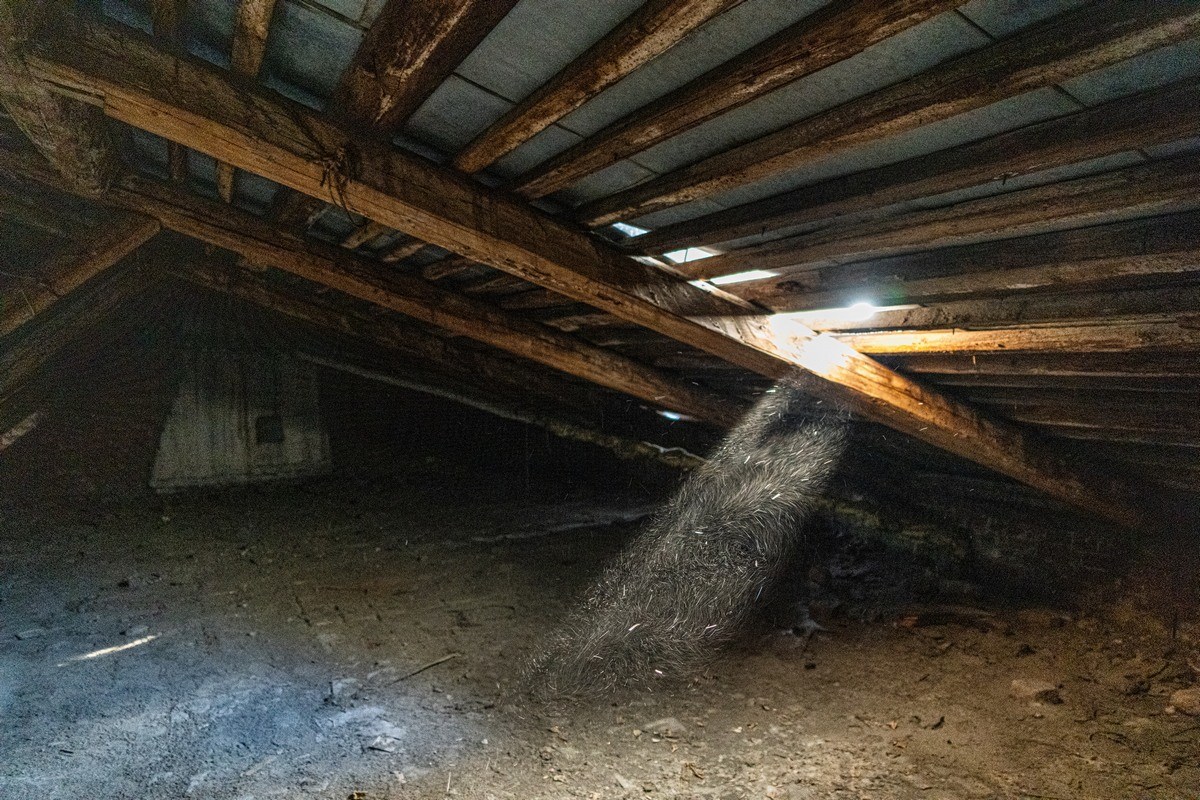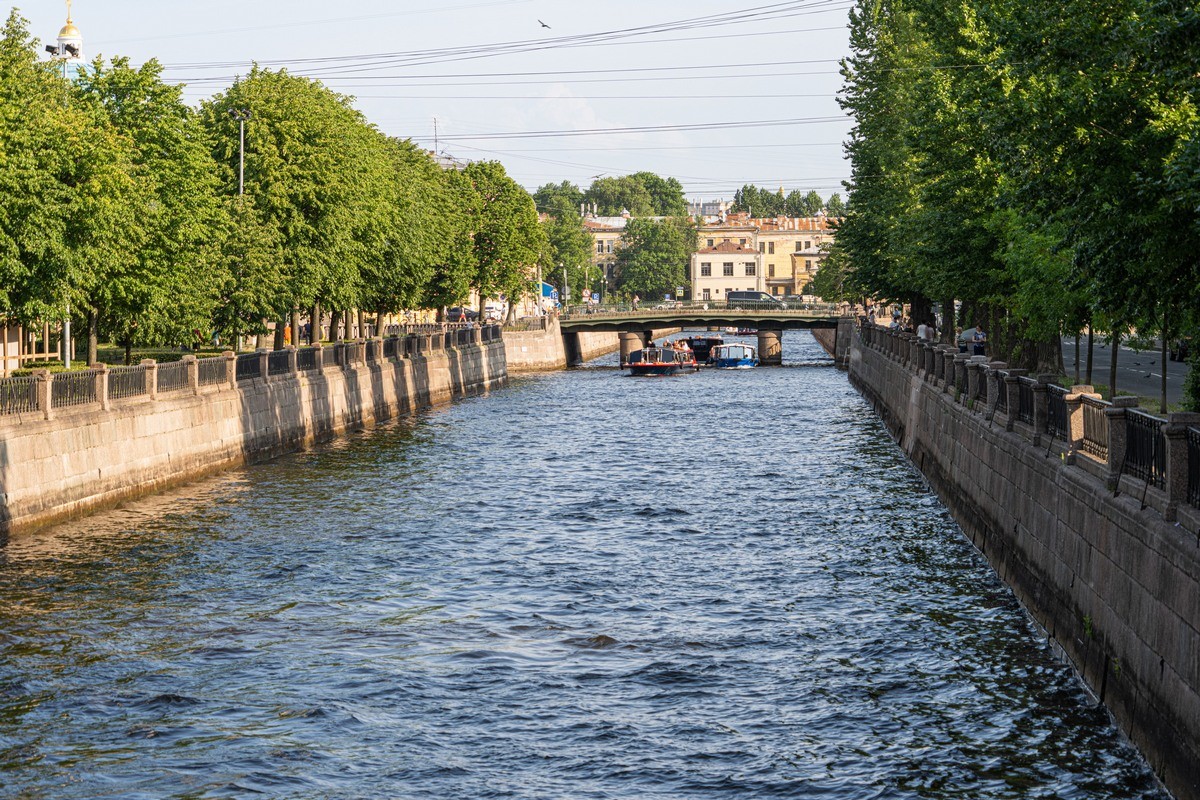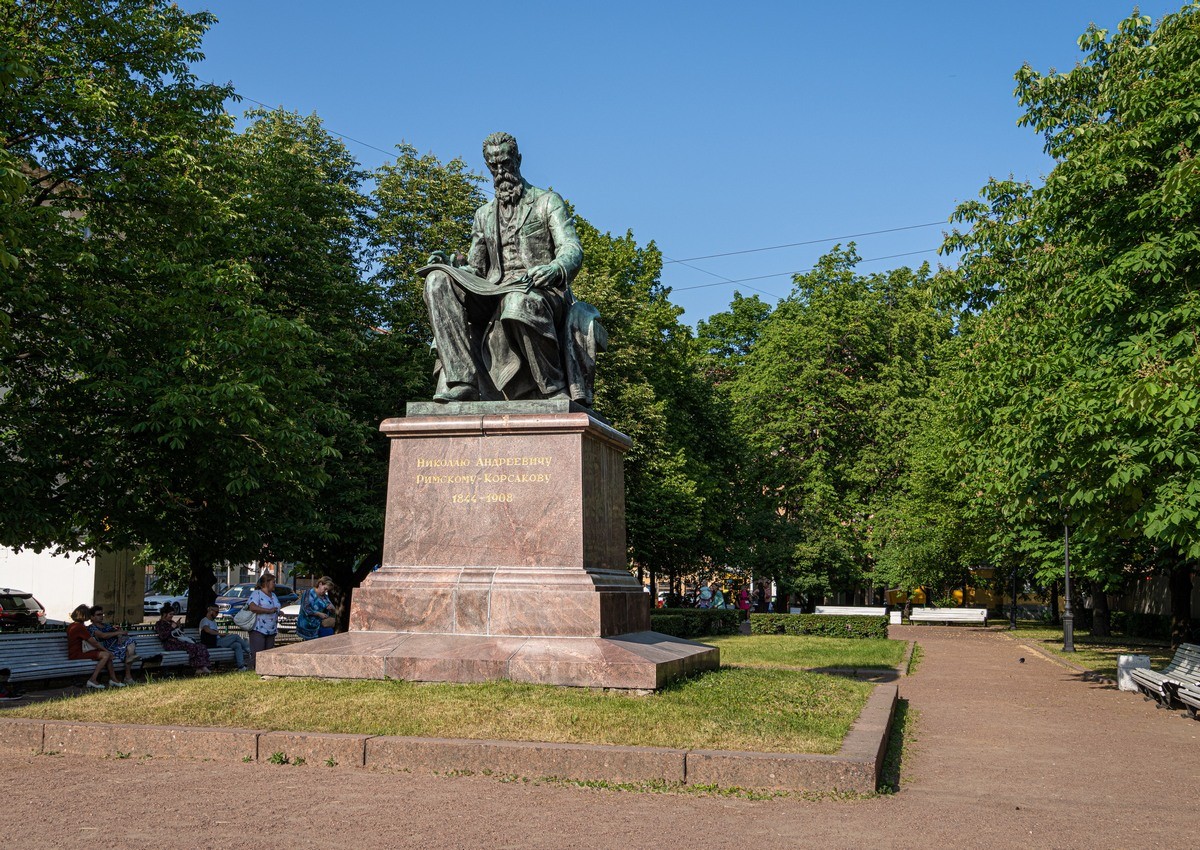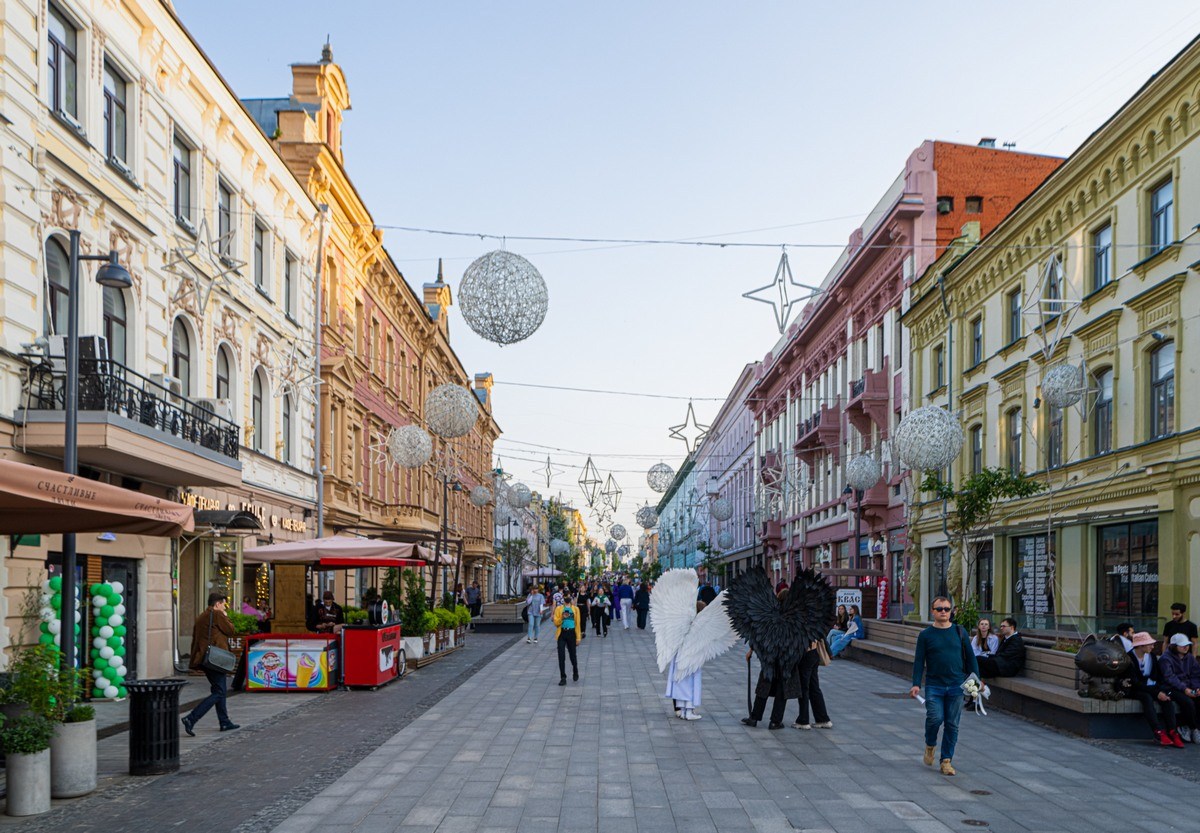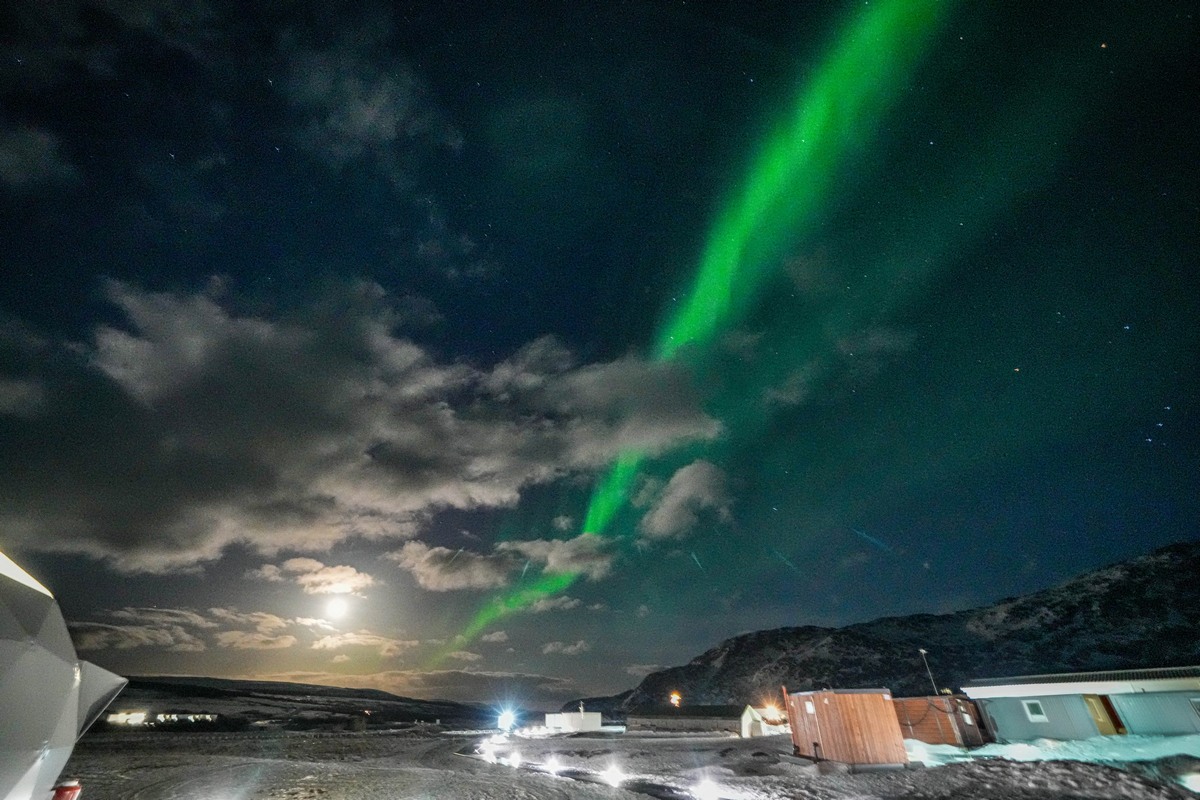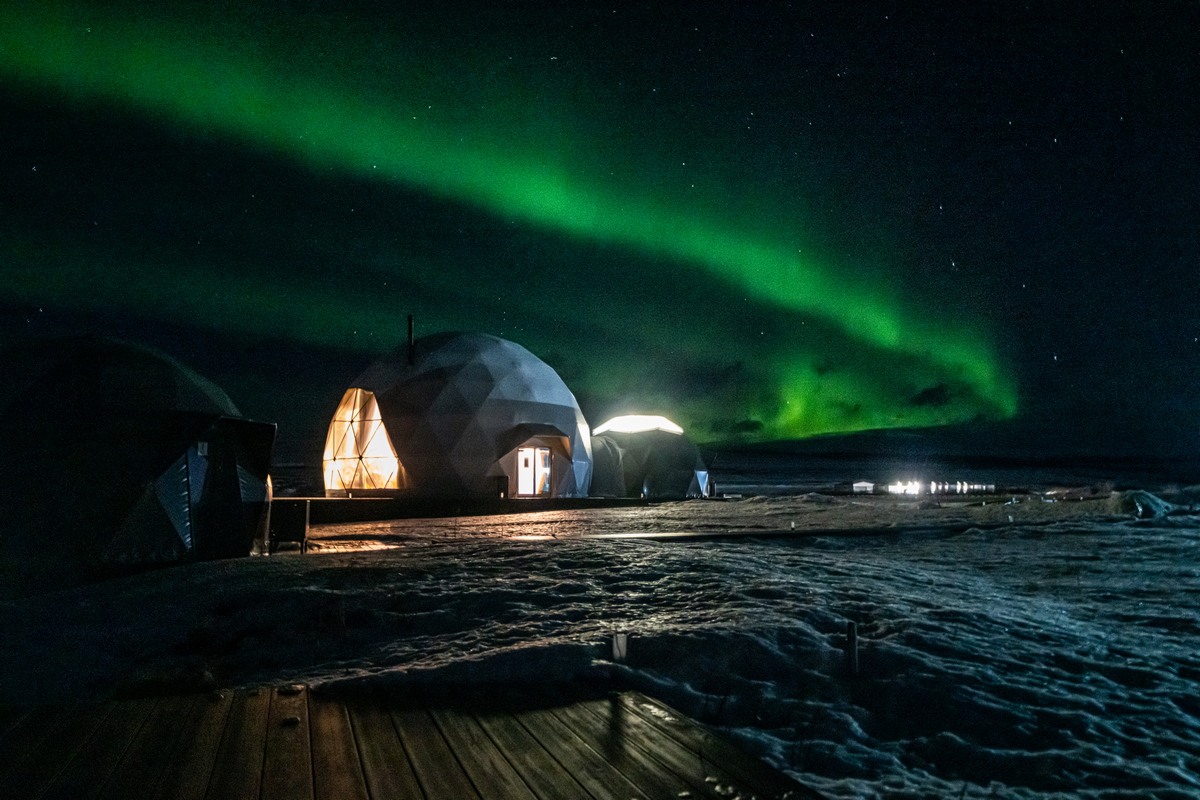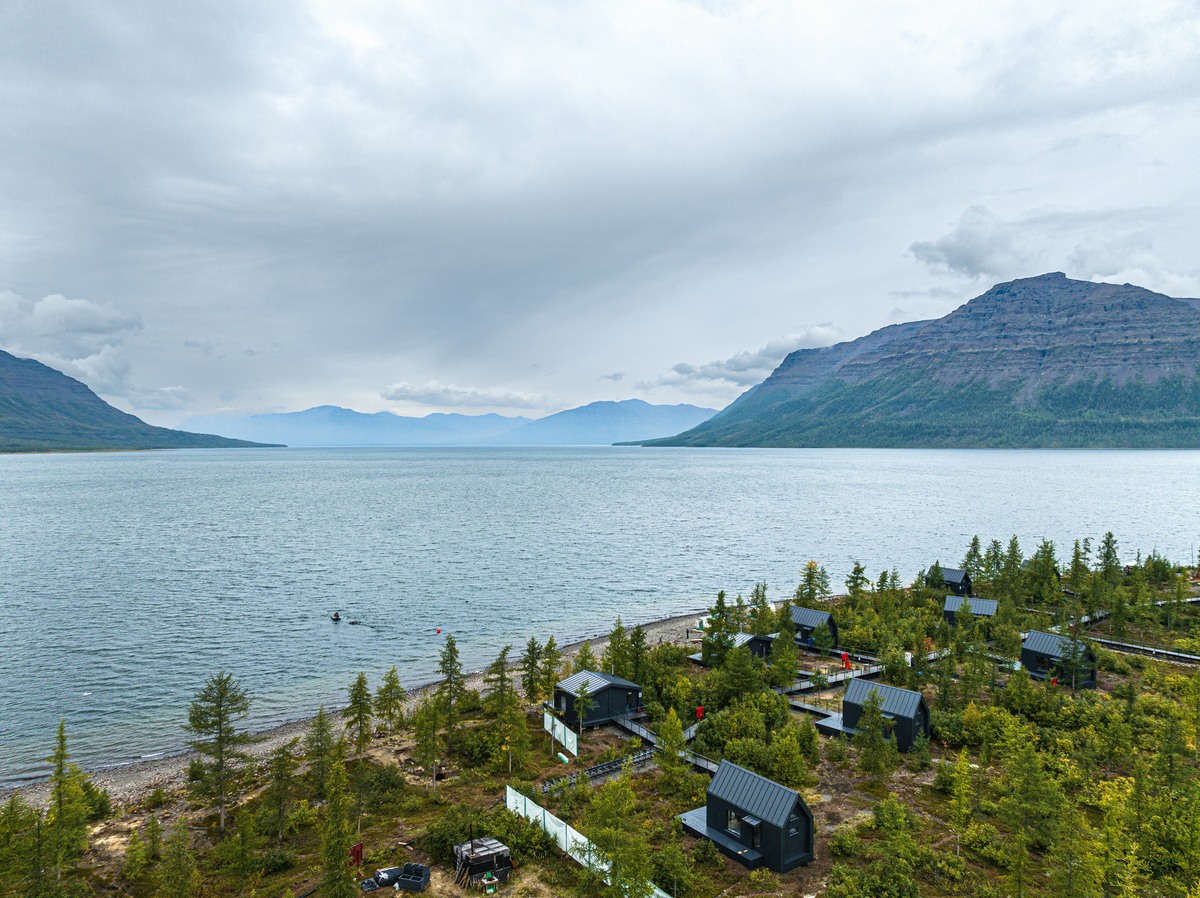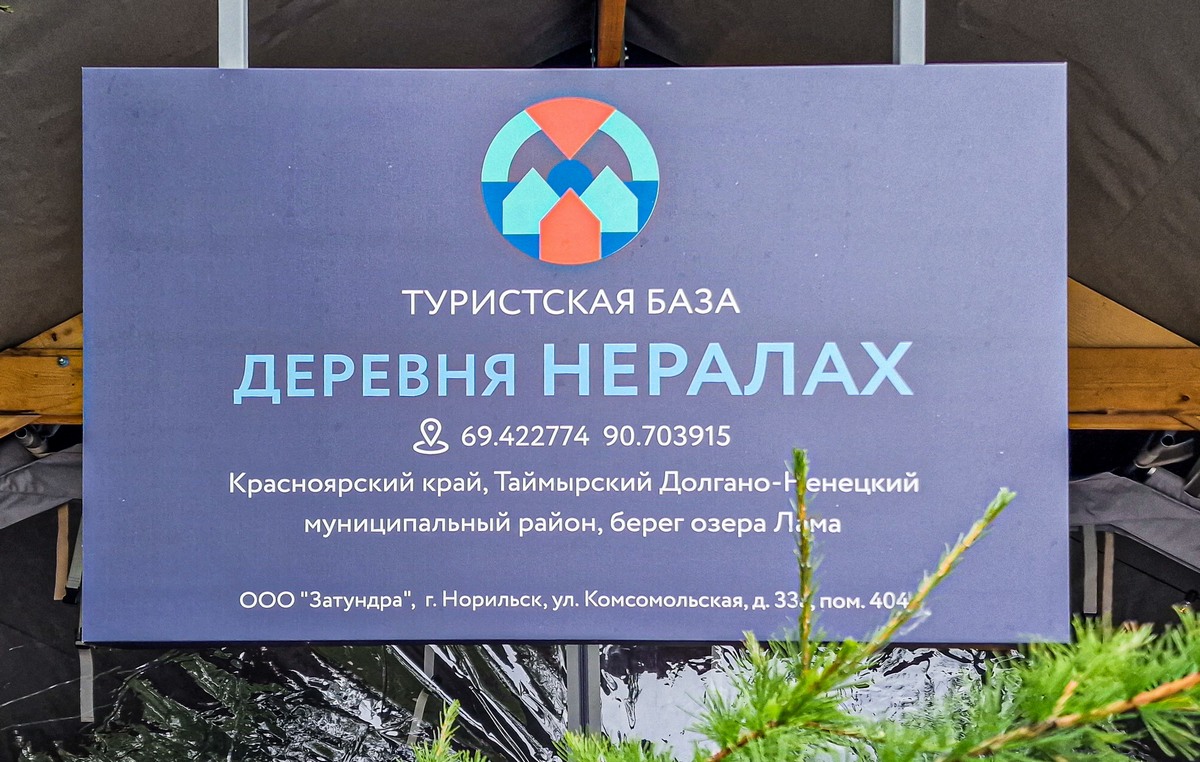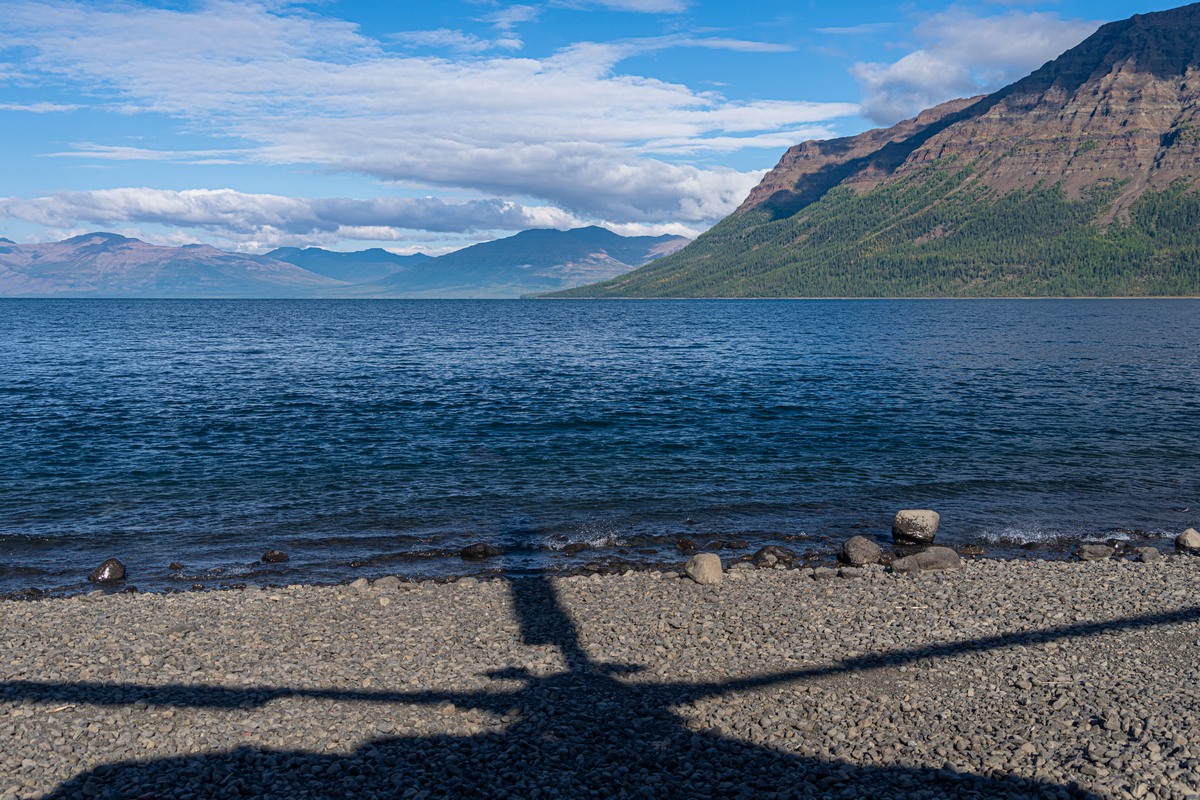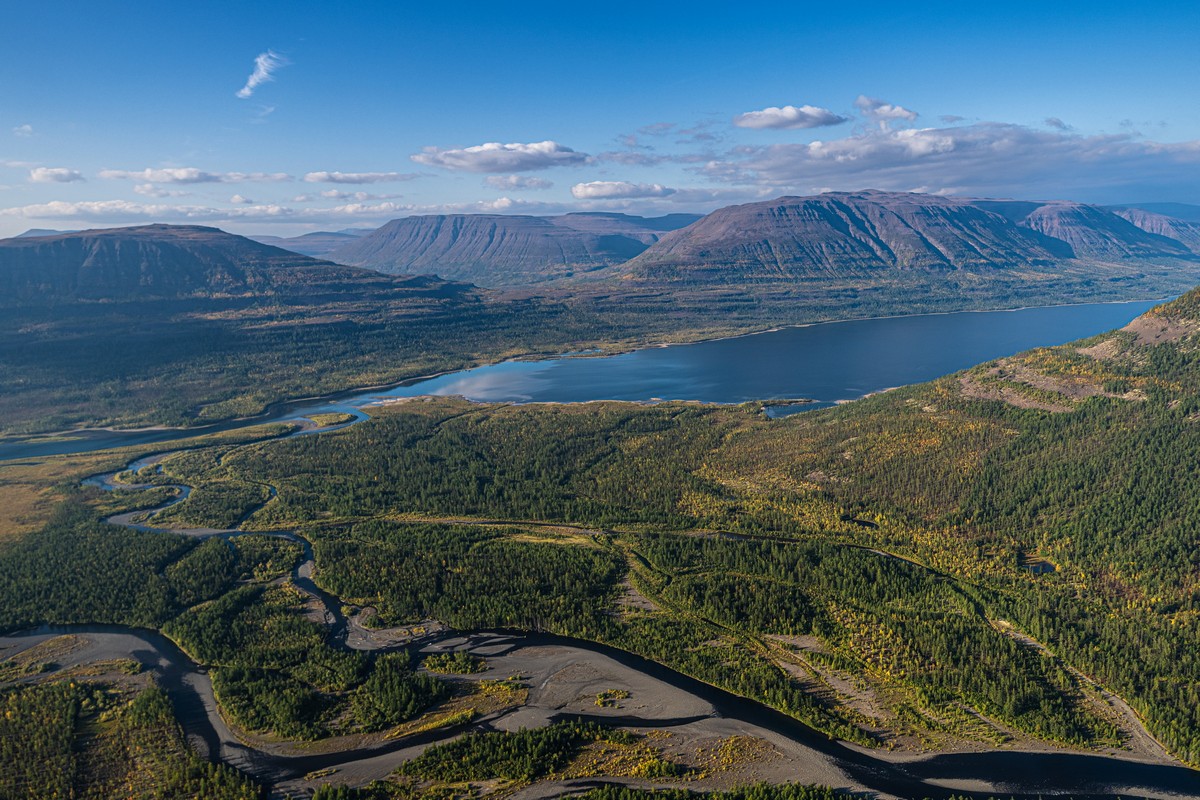July 6, 2023
The Kronstadt fort portfolio.
Still sticking around St. Petersburg, we saw it was time for a scene change. So we chose the forts of Kronstadt, since – to my shame – I’d never been and didn’t even know much about them, including their history. Thus, it was time for some Kronstadt forts history catch-up…
Kronstadt is a port city on the tiny Kotlin Island in Neva Bay in the Gulf of Finland some 30 kilometers west of St. Petersburg – here. But the name Kronstadt is also given to the collection of historic forts in Neva Bay, including the few in Kronstadt. Most of the forts were constructed in the early to mid-1700s, and there were 22 at one point (some were later demolished). The first forts appeared during the Great Northern War. The reason why they were built was simple: to protect the northern capital from enemy navies.
I mentioned some were demolished; alas – others were simply abandoned and left to decay, not before they were looted. Today plenty of ruins remain – in among the shrubbery and trees that have grown up in the intervening centuries. But “ruins” doesn’t mean uninteresting; quite the contrary in fact. Accordingly, off we popped toward the forts of Kronstadt…


